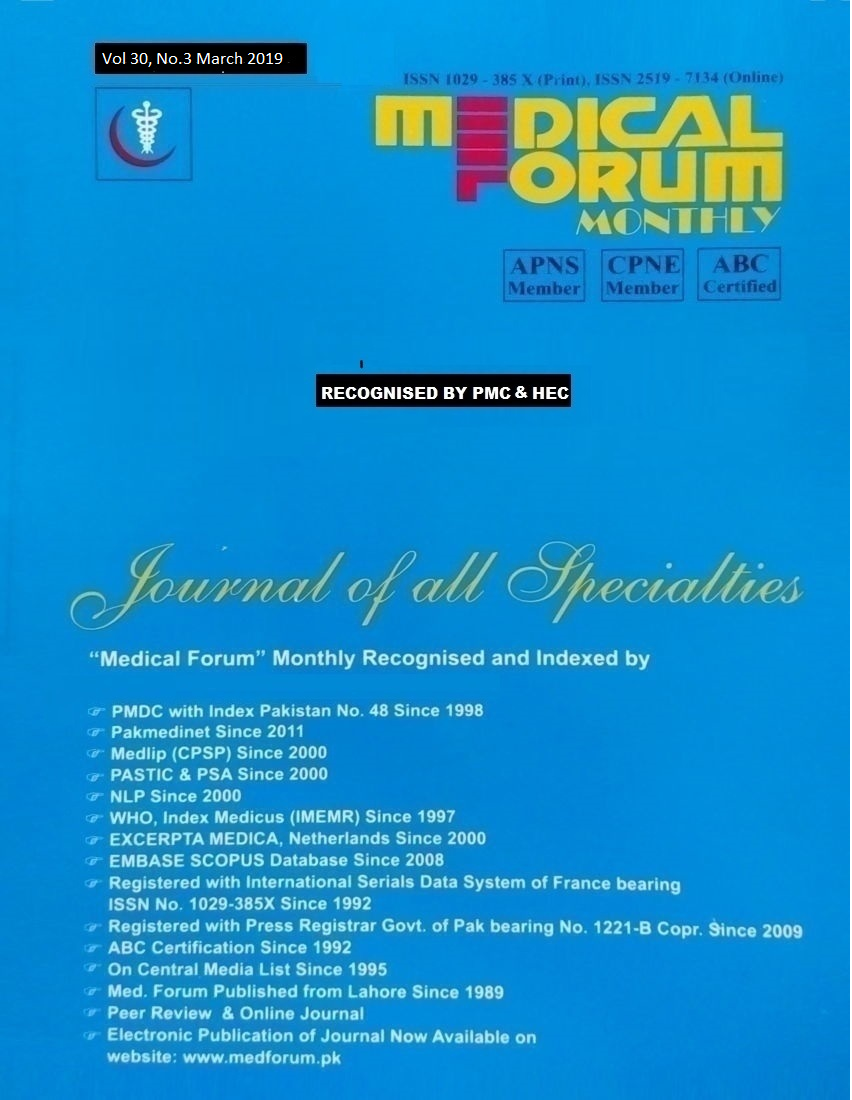
21. Smartphone Use and its Health Related Problems in Undergraduate Students of Sialkot
Muhammad Faisal, Hamza Tanveer, Rana Mozammil Shamsher Khan and Zahra Razzaq
ABSTRACT
Objective: To investigate the Smartphone use and health related problems among undergraduate students
Study Design: Cross-sectional study
Place and Duration of Study: This study was conducted at the Various educational institutions of Sialkot during the month of October 2018.
Materials and Methods: Undergraduate students were approached. Non-probability convenience sampling technique was used to get a sample size of 417. Students from 14th year of study and having Smartphone were included. Exclusion criteria were students suffering from severe illnesses, delirious or refusing written informed consent. A data sheet contained information about demographics, Smartphone use and problem faced. The data was analyzed by SPSS v 23.
Results: Of the 417 students 194 (46.52%) were males and 223 (53.48%) were females. Majority were from urban middle income class. 356 (85.37%) student’s family members had Smartphone. Students were from four study groups, 106 (25.42%) from arts, 105 (25.18%) from general science, 104 (24.94%) from medical and 102 (24.46%) from computer & IT. Three most common application used by the students were Facebook 397 (95.20%), web browser 389 (93.28%) and WhatsApp 368 (88.25%). By average daily use YouTube was 2.1 hours, WhatsApp 1.9 hours and video gaming 1.8 hours. Three most common problems were day time sleepiness 208 (49.64%), insomnia 193 (46.28%) and fatigue 178 (42.68%).
Conclusion: Three most common application used were Facebook 397 (95.20%), web browser 389 (93.28%) and WhatsApp 368 (88.25%). Three most common problems reported were day time sleepiness 208 (49.64%), insomnia 193 (46.28%) and fatigue 178 (42.68%).
Key Words: Smartphone, Students, Health problems, Cell Phone, addiction,
Citation of article: Faisal M, Tanveer H, Khan RMS, Razzaq Z. Smartphone Use and its Health Related Problems in Undergraduate Students of Sialkot. Med Forum 2019;30(3):83-86.
